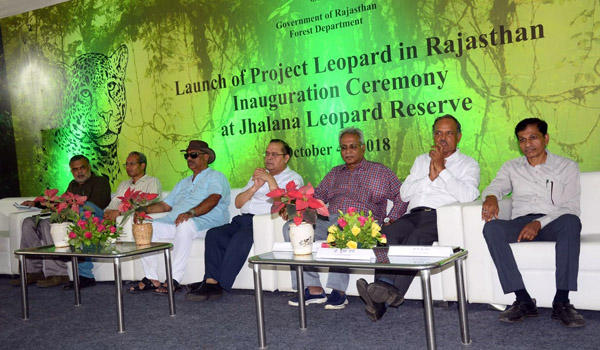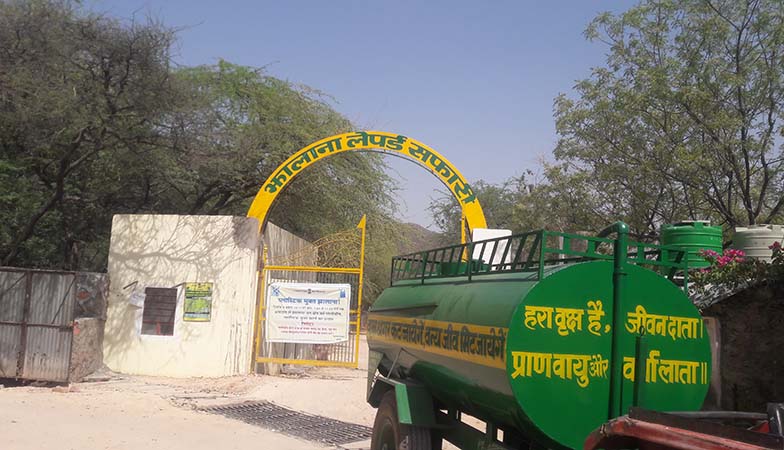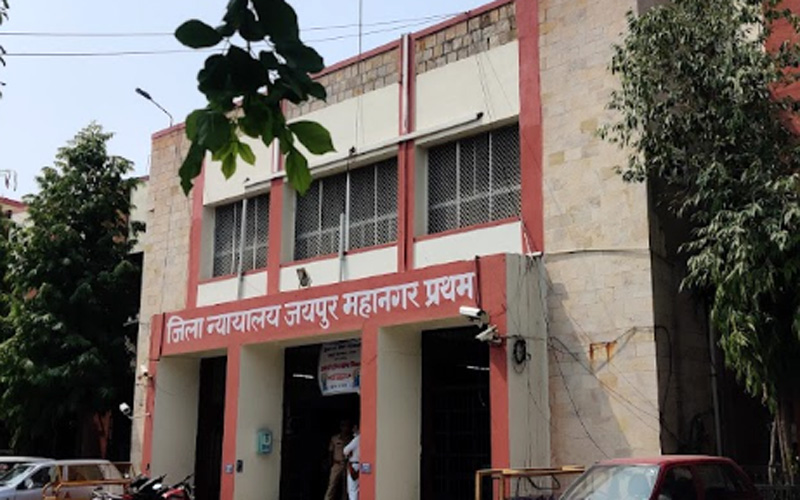Country’s first high-tech anti-poaching system to be introduced in Rajasthan forests
Thermal cameras and drones to be part of an advanced anti-poaching surveillance mechanism
Last Updated:

Representative image.
Jaipur: To put an end to tiger poaching and other anti-wildlife activities in wildlife reserves of Rajasthan, thermal cameras and drones will be part of an advanced anti-poaching surveillance mechanism. This first of its kind system in the country will cover prominent reserves including Sariska and Ranthambore.
The system will also be used at Jawaibandh (Pali) Leopard Conservation Reserve, Jhanana Nature Park (Jaipur), and Mukandara Hills Tiger Reserve (Kota and surrounding region). The project is expected to be completed by March 2018.
The project will help the authorities in the conservation of tiger and other wildlife animals and also improve the forest department’s monitoring capabilities. It will play a key role in the identification of wildlife crime-prone areas and aim to stop poaching, infiltration and illegal activities.
The project will have two components; one will be of static infrastructure including watchtowers and second will be drone cameras according to an IT official. About 1173 critical areas of Sariska Tiger Reserve (420), Mukundra Hills Tiger Reserve (417), Ranthambhore (283 areas), Jawaibandh Leopard Conservation Reserve (20) and Jhalana Nature Park (33) will be covered in this mega project.
Normal image/video capturing cameras and thermal sensing cameras will be used with a wireless network in this system. At each location, a control room will be set-up and cameras will be connected to it. The control room will thus also provide data collection and analysis. These local control rooms will be connected to the central /divisional control room. Night vision through thermal cameras will help in monitoring activities after sun set more efficiently. Live feeds of animals will also be provided by the cameras.
The features of this project will include graphical alerting on geo maps, LED display, remotely controllable camera operations round-the-clock, provision of recording from the control room, bookmark creation for immediate surveillance of vulnerable points, etc. Wildlife monitoring, boundary monitoring, anti-poaching/anti-theft operations will be conducted using UAVs that will be integrated with the project. A total of 100 cameras and 5 drones are likely to be used in the project to monitor the reserves. The system can catch hold of the poachers in just about 20 mins time.






